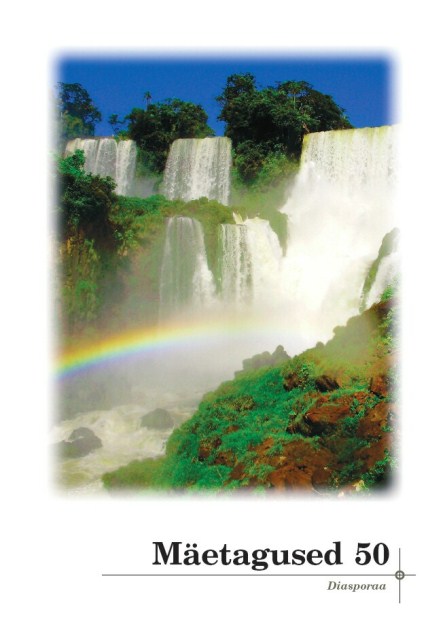Rahvusliku religiooni konstrueerimise katsed – taara usk
Efforts to construct national religion in Estonia in the 1920s–30s – Taara belief
Author(s): Triin VakkerSubject(s): Customs / Folklore
Published by: Eesti Kirjandusmuuseum
Keywords: Taara belief; Hengo Tulnola; Turan idea; religious association Hiis; Kustas Utuste; Maarda Lepp-Utuste
Summary/Abstract: One of the more colourful mediums of the national frame of mind and mentality in preoccupationEstonia was the Taara movement in the 1920s–1930s. The Taara-believers, who were united in their concern regarding the intellectual confusion brought about by the achievement of national independence, and disturbed by the cultural elite’s excessive receptivity regarding the ideas widespread in Europe, decided to stay true to their forefathers’ intellectual legacy, and lay it as a basis for a religious movement characteristic of and close to the Estonian soul. The principal idea was that a nation’s highest goal should be its intellectual and cultural independence; political freedom was considered to be a significant tool in obtaining and protecting this goal. In order to reach intellectual freedom, the presence of a nation’s own national religion was vital. During the first years of activity the Taara-movement was relatively small in numbers; the confined circle of activists started to devise the foundations national religion. It is safe to say that the starting period is best characterised by ideological search, expressed, above all, by two different approaches to national religion. On the one hand, there was common consent that the forefathers’ faith had not been preserved in its original form, and therefore only the few existing scraps of knowledge could be used to develop a religion corresponding to the modern world. In the Taara-believers view, the religion had to be in constant development together with the nation, and also keep abreast of the latest scientific achievements. On the other hand, dissenting opinions of how to present the religion arose. Some of the pioneers of the Taara-movement cultivated the idea of establishing the Turan-society instead. But the prevailing image was still an independent religion characteristic of the Estonians, which was not to be organisationally related with associations propagating Turan or any other similar national belief. In addition to ideological arguments, efforts to design the religious practices and traditions were also made. The primary focus was on the major events in a person’s life and the development of the related rituals. Several traditions regarding the celebration of national holidays, important also in the movement’s latter activities, were initiated as well. The development of the religion’s own practices and holidays saw a significant upturn in the movement’s activity in the 1930s. The rituals were being more and more extensively introduced outside the Taara-believers’ circle. The Taara-believers’ movement reflected the national tendencies rife in Estonia between the two world wars, but it must be said that it is quite an unusual expression of national concepts. Nevertheless, the Taara-believers and their society form an integral part of thought and religion in pre-occupation Estonia, and therefore deserve close attention and analysis.
Journal: Mäetagused. Hüperajakiri
- Issue Year: 2012
- Issue No: 50
- Page Range: 175-198
- Page Count: 24
- Language: Estonian

